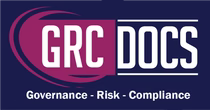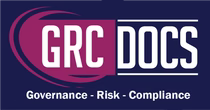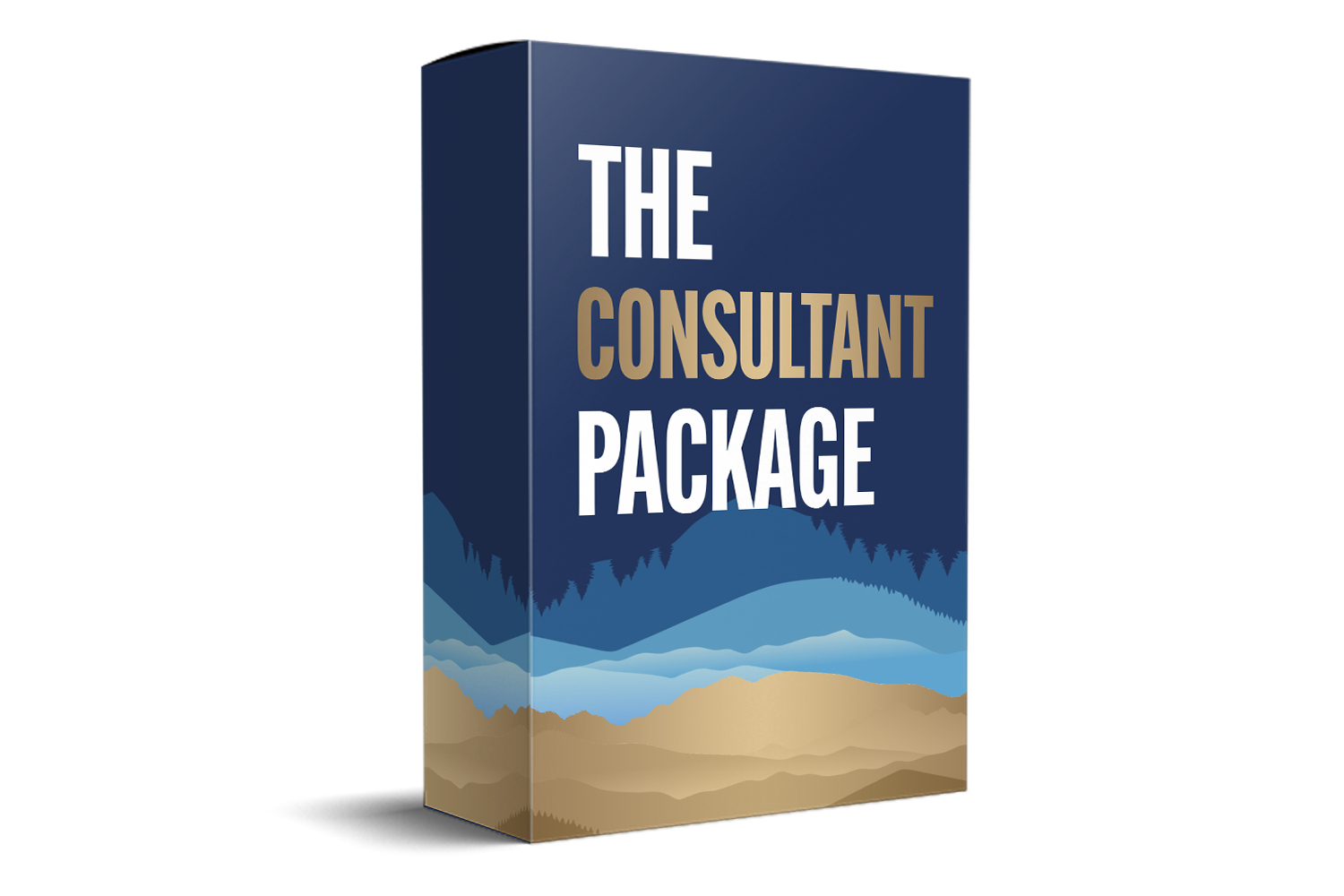SOC 2 High Level Checklist Template Download
Introduction
The SOC 2 High Level Checklist is designed to help organizations evaluate their internal controls, security posture, and readiness for SOC 2 audits. It provides a structured path to ensure alignment with the Trust Services Criteria, covering areas such as governance, communication, risk assessment, monitoring, access controls, operations, change management, and risk mitigation. By following this checklist, businesses can build a culture of accountability and transparency while safeguarding customer data and meeting compliance requirements.

Step-By-Step Checklist For Using The High Level Checklist
1. Establish Ethical Governance
-
Set the tone at the top by committing to integrity and ethical values.
-
Ensure the board of directors maintains independence and provides oversight.
-
Define organizational structures, reporting lines, roles, and responsibilities.
-
Recruit, develop, and retain competent individuals aligned with business goals.
-
Hold all employees accountable for internal control responsibilities.
2. Enable Effective Communication
-
Generate and maintain relevant, high-quality information to support internal control.
-
Communicate objectives, policies, and responsibilities across the organization.
-
Ensure transparent communication with external stakeholders on matters affecting internal controls.
3. Conduct Risk Assessments
-
Define clear objectives to identify and assess risks effectively.
-
Identify risks across the organization and evaluate management responses.
-
Consider fraud risks, incentives, and opportunities.
-
Assess internal and external changes that may affect objectives.
4. Monitor Internal Controls
-
Perform ongoing evaluations of control effectiveness.
-
Use internal audits, monitoring tools, and separate evaluations.
-
Report control deficiencies promptly and assign corrective actions.
5. Design and Implement Control Activities
-
Develop policies and procedures that align with objectives.
-
Implement general IT controls and security processes.
-
Ensure procedures are documented and put into practice consistently.
6. Manage Logical and Physical Access
-
Implement logical access security measures (e.g., authentication, encryption).
-
Register and authorize all system users before granting access.
-
Apply least privilege and segregation of duties.
-
Restrict physical access to sensitive facilities and assets.
-
Secure data during transmission, movement, and storage.
7. Strengthen System Operations
-
Detect changes to configurations and vulnerabilities through monitoring.
-
Track and analyze anomalies that may indicate incidents.
-
Respond to incidents with defined programs for containment, remediation, and communication.
-
Establish recovery processes to restore operations efficiently.
8. Implement Change Management
-
Authorize, design, test, approve, and implement system changes properly.
-
Track infrastructure, software, and data changes with clear documentation.
-
Maintain baselines and review emergency change procedures.

9. Plan for Risk Mitigation
- Develop risk mitigation strategies for disruptions, including business continuity planning.
- Assess and manage risks associated with third-party vendors and partners.
- Require confidentiality, privacy, and compliance commitments from vendors.
10. Ensure Availability
- Monitor and maintain system capacity to meet demand.
- Implement backup, disaster recovery, and environmental protections.
- Test recovery and continuity plans regularly.
11. Protect Confidential Information
- Identify, classify, and safeguard confidential data.
- Retain data securely and dispose of it when no longer required.
- Ensure encryption and access restrictions are applied consistently.
12. Maintain Documentation and Evidence
- Keep updated organizational charts, policies, and procedures.
- Document training, risk assessments, system monitoring, and incident responses.
- Maintain logs, reports, and audit trails as evidence for SOC 2 readiness.
Conclusion
The SOC 2 High Level Checklist serves as a practical framework for strengthening organizational security, governance, and compliance. By following these 12 structured steps, organizations can establish a strong control environment, assess risks, monitor effectiveness, and protect sensitive data. Ultimately, the checklist not only prepares businesses for SOC 2 audits but also reinforces trust with clients, partners, and regulators by demonstrating a proactive commitment to data security and operational excellence.





